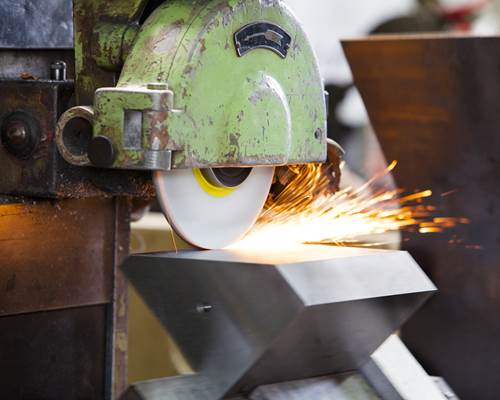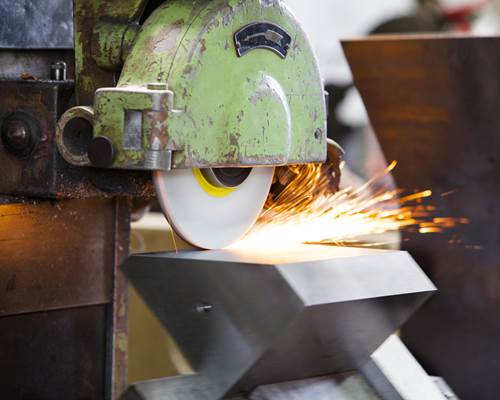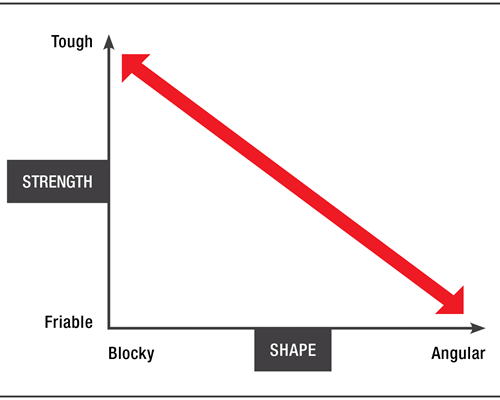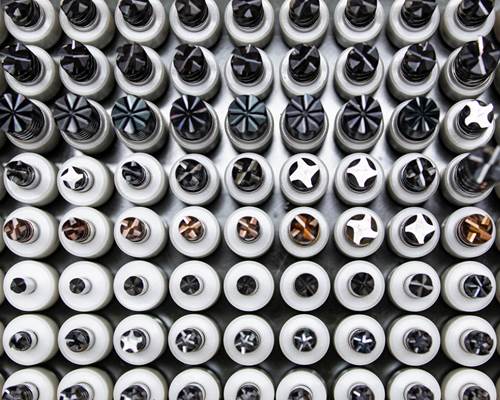Grinding is an abrasive machining process capable of achieving tolerances and surface finishes unattainable by any other process. When dimensional accuracy is unobtainable with milling, turning or electrical discharge machining (EDM), or when tolerances below ±0.0002 inch are required, grinding steps in. Grinding can repeatedly deliver accuracy as tight as ±0.00003 inch and do so repeatedly and reliably under proper conditions. Only honing can produce bore sizing tolerances below that which grinding can deliver.
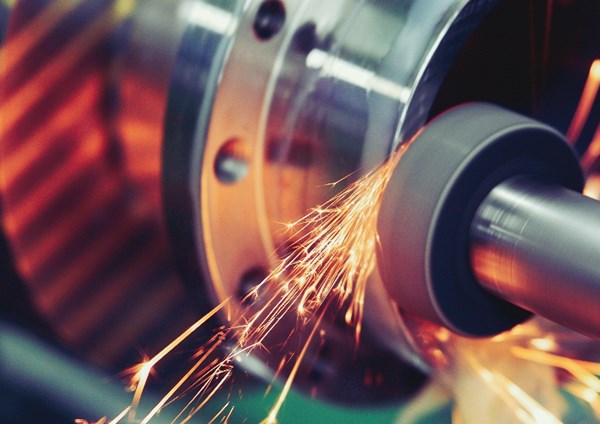
Automotive, aerospace, medical, machine tools, die/mold, energy, tooling and general products are but a few industries that utilize grinding daily. The type of grinding machines available in the market vary by design, based upon the specific parts or components being produced.
Grinding Machine types include: surface grinders, cylindrical, tool and cutter grinders, thread, gear, and cam and crankshaft grinders. Grinding machines can be further divided by the type of grinding they perform, such as surface, form, ID, OD, thread, plunge, centerless and through-feed grinding. Although manually operated toolroom grinders are still available, full CNC machines are now the norm, largely because of their high productivity and capability for unattended operation.
Two Main Reasons to Grind: Accuracy and Surface Finish
In addition to high accuracy, surface finish is a primary reason for using grinding. Typically, a milling machine can produce a surface finish of around 32 microinch Ra and a lathe can produce a surface finish of around 16 microinch Ra. Grinding is required for a surface finish of 16 micro inch Ra and below. In fact, grinding can produce a super finish of 8 microinch Ra and below, and in some cases achieve a 2-microinch Ra, considered to be a micro finish. Super finishes are accomplished using two different, fine-grit abrasive wheels, as well as a polishing wheel when necessary.
When grinding for accuracy or surface finish, the amount of material left to remove after machining is usually somewhere around 0.010 inch. The finer the surface finish required, the finer the wheel grit or polishing wheel needed. The cycle time to achieve the finished part size also becomes longer. Ideally, the least amount of material should be left after machining to provide just enough stock for the grinding operation to clean up to finish size. This approach will provide the optimum cycle time for the grinding operation.
